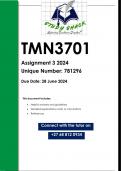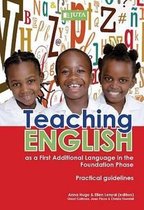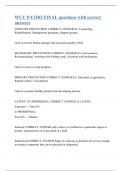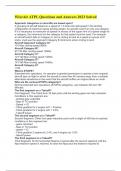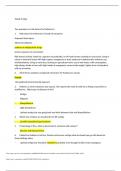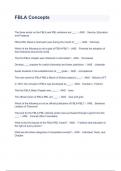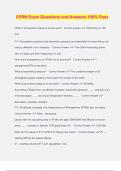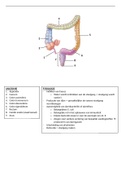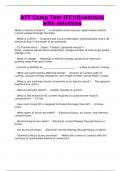Exam (elaborations)
TM3701 Assignment 3 (QUALITY ANSWERS) 2024
- Institution
- University Of South Africa (Unisa)
This document contains workings, explanations and solutions to the TM3701 Assignment 3 (QUALITY ANSWERS) 2024. For assistance call or us on 0.6.8..8.1.2..0.9.3.4........ QUESTION 1 1.1 Explain the significant role of input, interaction and output in the context of additional language teaching. Pro...
[Show more]
